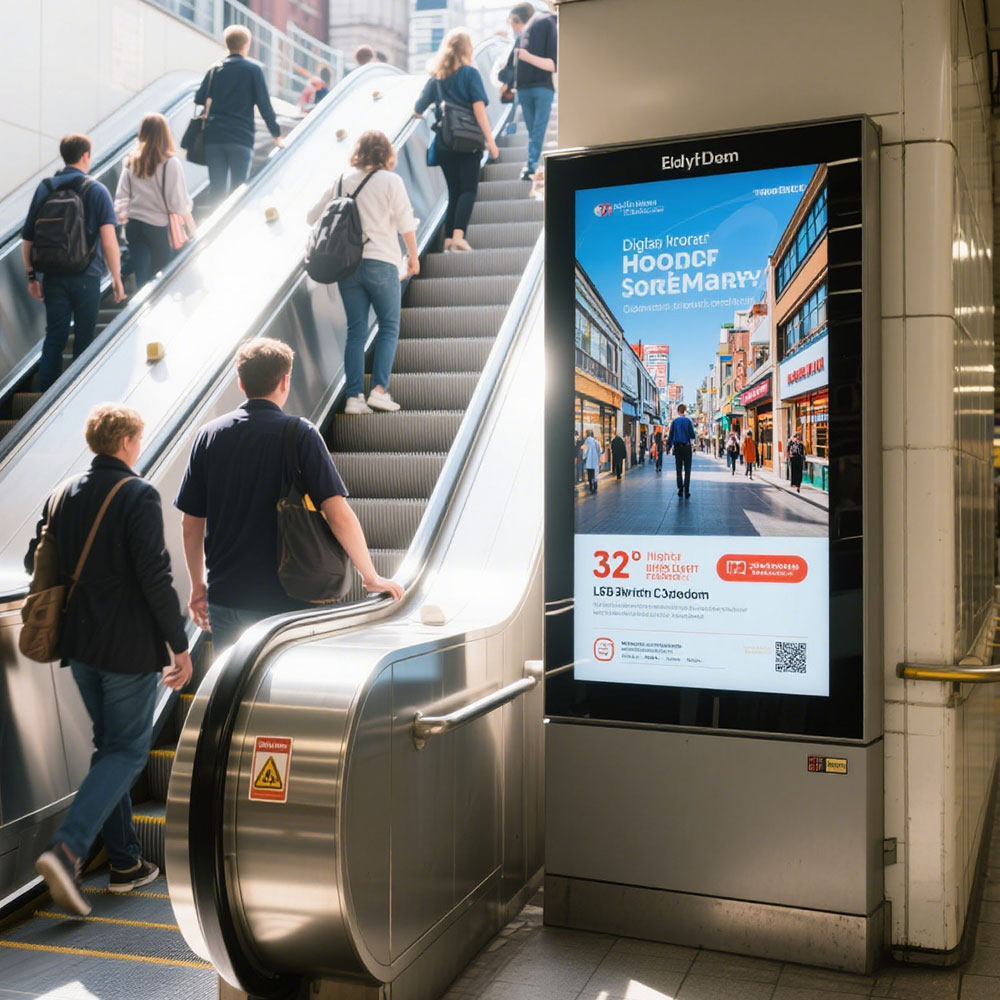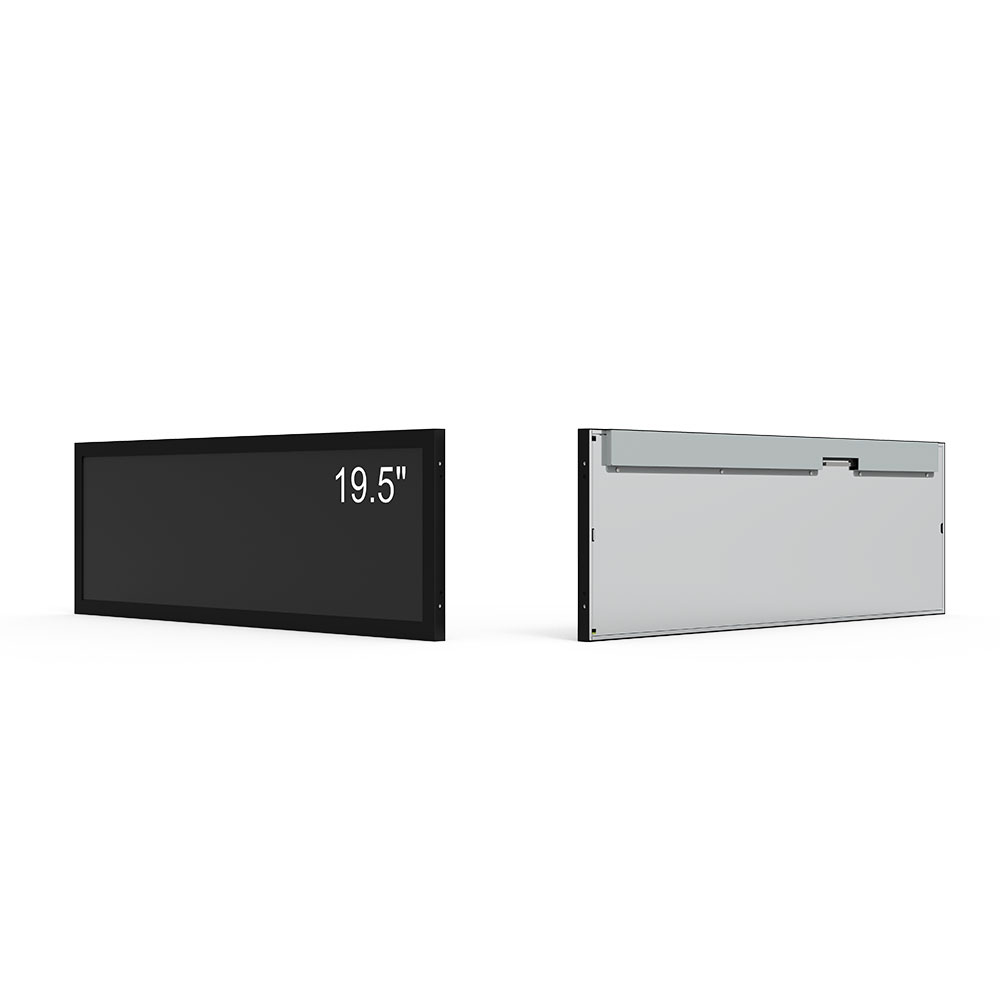When it comes to outdoor digital signage, choosing the right LCD screen is critical—not only for visual impact but also for long-term performance in harsh environmental conditions. Whether you're deploying screens for retail advertising, public transportation displays, or industrial monitoring, understanding the technical specifications, environmental resilience, and real-world durability of outdoor LCDs is essential. This guide breaks down the key factors that influence selection, drawing on industry standards such as IP ratings, luminance metrics (nits), and materials engineering principles used by leading manufacturers like LG Display, Samsung, and BOE.
First, let’s define what makes an LCD truly “outdoor-ready.” Unlike indoor displays, which operate in controlled environments, outdoor screens must withstand direct sunlight, temperature extremes, humidity, dust, and even vandalism. According to the International Electrotechnical Commission (IEC), outdoor-rated displays must meet at least IP65 protection against dust and water ingress—a standard that most reputable manufacturers now exceed with IP67 or even IP68 certification. These ratings ensure that your display won’t fail prematurely due to moisture damage or particulate buildup inside the housing.
Luminance is another non-negotiable factor. In direct sunlight, typical indoor LCDs—often rated around 300–400 nits—become nearly invisible. Industry best practices recommend a minimum of 1000 nits for general outdoor use, with 2000–5000 nits required for high-sunlight areas like deserts or coastal zones. For example, a case study from a major U.S. airport found that installing 3000-nit screens reduced daytime visibility complaints by 89% compared to older 800-nit units. Manufacturers often achieve this through high-brightness LED backlights, anti-glare coatings, and optimized panel technologies like IPS or VA panels designed for wide viewing angles and color consistency under bright light.

Another crucial consideration is thermal management. Outdoor LCDs can experience ambient temperatures ranging from -20°C to +60°C depending on location. Without proper heat dissipation mechanisms—such as passive heatsinks, active cooling fans, or thermally conductive materials—the internal components can degrade rapidly. A report by the Society for Information Display (SID) notes that every 10°C increase above 40°C doubles the failure rate of electronic components. Therefore, selecting a unit with robust thermal design isn’t optional—it’s fundamental to system reliability.
Display resolution and aspect ratio should align with both content strategy and viewing distance. For large-format installations (e.g., billboards), 1080p or 4K resolution may be overkill if viewers are more than 10 meters away. However, for interactive kiosks or retail point-of-sale displays, higher resolutions improve readability of text and icons. Additionally, ultra-wide formats (16:9 or 21:9) enhance immersive experiences in urban spaces, while square formats (1:1) work better for social media-style content in cafes or malls.

Power efficiency matters too. Outdoor screens run continuously, so energy consumption directly impacts operational costs. The Energy Star program sets benchmarks for power usage, recommending less than 100W per square meter for commercial-grade units. Some manufacturers now offer adaptive brightness control systems that automatically reduce luminance during low-light periods—cutting energy use by up to 40% without compromising visibility during peak daylight hours.
Mounting options and structural integrity are often overlooked but vital. Rigid aluminum frames, corrosion-resistant fasteners, and vibration-dampening mounts prevent damage from wind, rain, or accidental impacts. For instance, a city in northern Europe installed outdoor screens using stainless steel brackets and sealed enclosures, resulting in zero maintenance issues over three years despite frequent storms and sub-zero winters.
Finally, consider future-proofing your investment. Look for models with modular designs, software update capabilities, and compatibility with emerging protocols like HDMI 2.1 or USB-C video input. Smart features such as remote diagnostics, cloud-based content management, and AI-driven brightness adjustment add significant value over time.
In conclusion, choosing the right outdoor LCD screen involves balancing multiple technical parameters—luminance, durability, thermal performance, power efficiency, and scalability. By referencing real-world case studies, adhering to international standards, and leveraging data-driven insights from trusted sources like SID and IEC, businesses can make informed decisions that maximize ROI and minimize downtime. As outdoor digital signage continues to grow globally—with projections indicating a 12% annual growth rate through 2027—investing in quality hardware today ensures readiness for tomorrow's demands.







